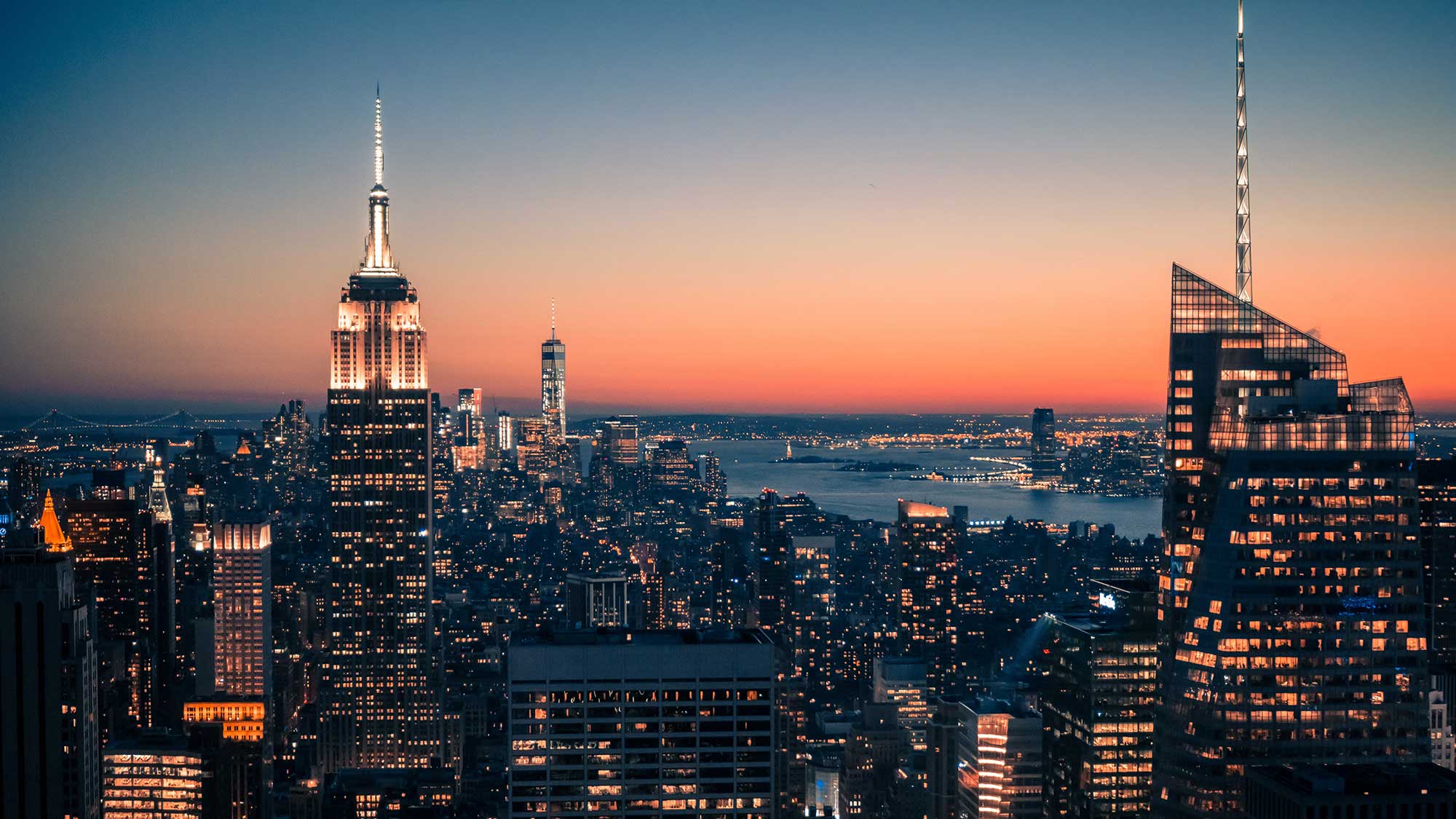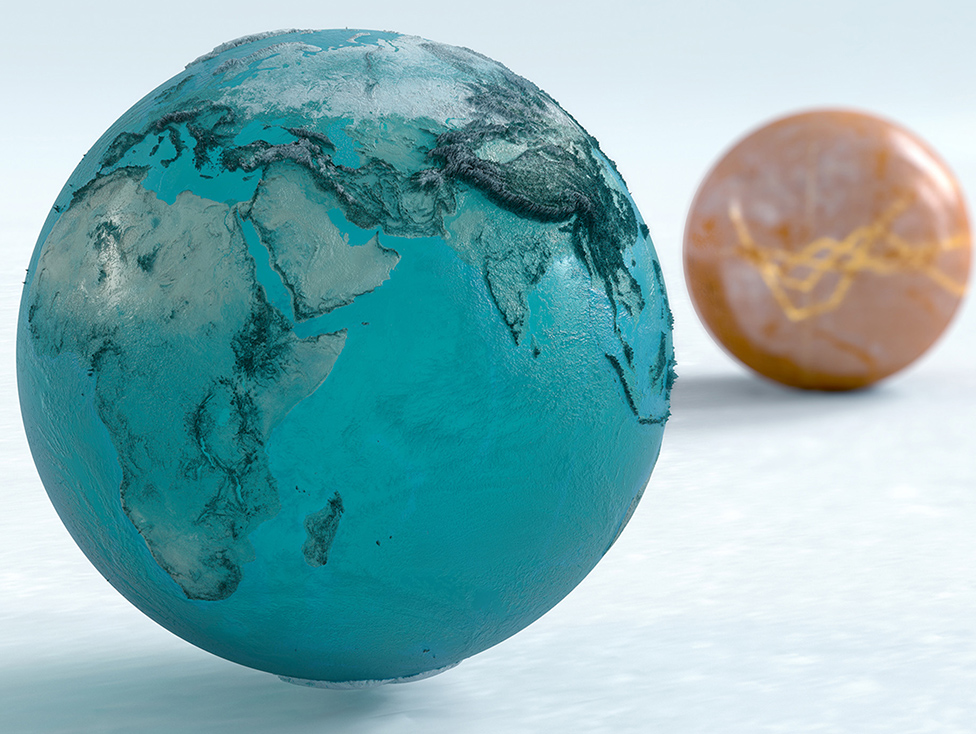- Article

- Market & Regulatory Insights
- Emerging trends
- Industry/sector insights
West Side Stories
Is the US an emerging market for luxury?
More than 15 years ago, we argued that the US was an emerging market for luxury. The theme is relevant again today given the strength of US demand over the past 24 months. Is such exuberance structural, or not?
By most measures, the wealth creation in the post COVID-19 rebound in the US has been quite dramatic. Equity and property markets have made significant gains, to name just two factors. All in, wealthy Americans became even richer and their mood brightened. This played an important role in luxury’s fortunes, as did the benefits of “staycationing” as the world was broadly shut.
We argue that there were other factors also at play, including demographics and changing tastes. Luxury brands have not been able to significantly crack the US until recently, in our view, mostly because of a “one-size-fits-all” approach. In other words, many luxury brands were developing products, communications and retail concepts centrally and rolling them out around the world in an effort towards consistency and with Asian consumers in mind as the key priority. One of the silver linings of the last two years with limited travel opportunities has been the adaptation of brands to regional specifics. US consumers have responded well to changes made by brands.
Demographics are also relevant. The US as a country is still young with a median age of about 40 years (similar to mainland China) and home to diverse generations. While luxury consumption in the US was once dominated by middle-aged affluent consumers, nowadays it is increasingly driven by younger generations.
Another factor driving US growth is the increase in store locations. As per our estimates, almost half of the retail footprint for leading luxury brands are in California, New York, Florida and Texas alone. But this is set to change as many Americans moved during the pandemic but they did not leave behind their appetite for luxury goods. Cities like Austin have seen an influx of wealthy tech workers while cities like Charleston, Nashville and Atlanta have seen their median incomes rise. Brands that once had huge flagship stores only on Fifth Avenue in New York or Rodeo Drive in Los Angeles are now expanding outside these major cities and into suburban malls.
We are, thus, constructive on the short- and long-term prospects for the industry in the US market. Our growth estimate for 2022 is 16 per cent in the US, compared with a global average of 10 per cent. American consumers are awakening to brands who have adapted their communication, products and retail stores to serve them better, and we do not see this as a blip, but a lasting trend.
First published 26th April 2022.
Would you like to find out more? Click here to read the full report (you must be a subscriber to HSBC Global Research).
The following analyst(s), who is(are) primarily responsible for this document, certifies(y) that the opinion(s), views or forecasts expressed herein accurately reflect their personal view(s) and that no part of their compensation was, is or will be directly or indirectly related to the specific recommendation(s) or views contained in this research report: Erwan Rambourg, Anne-Laure Bismuth and Aurelie HussonDumoutier
This document has been issued by HSBC Securities (USA) Inc., which has based this document on information obtained from sources it believes to be reliable but which it has not independently verified. Neither HSBC Securities (USA) Inc. nor any member of its group companies (“HSBC”) make any guarantee, representation or warranty nor accept any responsibility or liability as to the accuracy or completeness of this document and is not responsible for errors of transmision of factual or analytical data, nor is HSBC liable for damages arising out of any person’s reliance on this information. The information and opinions contained within the report are based upon publicly available information at the time of publication, represent the present judgment of HSBC and are subject to change without notice.
This document is not and should not be construed as an offer to sell or solicitation of an offer to purchase or subscribe for any investment or other investment products mentioned in it and/or to participate in any trading strategy. It does not constitute a prospectus or other offering document. Information in this document is general and should not be construed as personal advice, given it has been prepared without taking account of the objectives, financial situation or needs of any particular investor. Accordingly, investors should, before acting on it, consider the appropriateness of the information, having regard to their objectives, financial situation and needs. If necessary, seek professional investment and tax advice.
The decision and responsibility on whether or not to purchase, subscribe or sell (as applicable) must be taken by the investor. In no event will any member of the HSBC group be liable to the recipient for any direct or indirect or any other damages of any kind arising from or in connection with reliance on any information and materials herein.
Past performance is not necessarily a guide to future performance. The value of any investment or income may go down as well as up and you may not get back the full amount invested. Where an investment is denominated in a currency other than the local currency of the recipient of the research report, changes in the exchange rates may have an adverse effect on the value, price or income of that investment. In case of investments for which there is no recognised market it may be difficult for investors to sell their investments or to obtain reliable information about its value or the extent of the risk to which it is exposed. Some of the statements contained in this document may be considered forward looking statements which provide current expectations or forecasts of future events. Such forward looking statements are not guarantees of future performance or events and involve risks and uncertainties. Actual results may differ materially from those described in such forward-looking statements as a result of various factors.
This document is for information purposes only and may not be redistributed or passed on, directly or indirectly, to any other person, in whole or in part, for any purpose. The distribution of this document in other jurisdictions may be restricted by law, and persons into whose possession this document comes should inform themselves about, and observe, any such restrictions. By accepting this report, you agree to be bound by the foregoing instructions. If this report is received by a customer of an affiliate of HSBC, its provision to the recipient is subject to the terms of business in place between the recipient and such affiliate. The document is intended to be distributed in its entirety. Unless governing law permits otherwise, you must contact a HSBC Group member in your home jurisdiction if you wish to use HSBC Group services in effecting a transaction in any investment mentioned in this document.
Certain investment products mentioned in this document may not be eligible for sale in some states or countries, and they may not be suitable for all types of investors. Investors should consult with their HSBC representative regarding the suitability of the investment products mentioned in this document.
HSBC and/or its officers, directors and employees may have positions in any securities in companies mentioned in this document. HSBC may act as market maker or may have assumed an underwriting commitment in the securities of companies discussed in this document (or in related investments), may sell or buy securities and may also perform or seek to perform investment banking or underwriting services for or relating to those companies and may also be represented on the supervisory board or any other committee of those companies.
HSBC will from time to time sell to and buy from customers the securities/instruments (including derivatives) of companies covered in HSBC Research on a principal or agency basis.
From time to time research analysts conduct site visits of covered issuers. HSBC policies prohibit research analysts from accepting payment or reimbursement for travel expenses from the issuer for such visits.
Analysts, economists, and strategists are paid in part by reference to the profitability of HSBC which includes investment banking, sales & trading, and principal trading revenues.
Whether, or in what time frame, an update of this analysis will be published is not determined in advance.
For disclosures in respect of any company mentioned in this report, please see the most recently published report on that company available at www.hsbcnet.com/research.
This material was prepared and is being distributed by HSBC Securities (USA) Inc., (""HSI"") a member of the HSBC Group, the NYSE and FINRA.
Additional disclosures
- This report is dated as at 26 April 2022.
- All market data included in this report are dated as at close 18 April 2022, unless a different date and/or a specific time of day is indicated in the report.
- HSBC has procedures in place to identify and manage any potential conflicts of interest that arise in connection with its Research business. HSBC's analysts and its other staff who are involved in the preparation and dissemination of Research operate and have a management reporting line independent of HSBC's Investment Banking business. Information Barrier procedures are in place between the Investment Banking, Principal Trading, and Research businesses to ensure that any confidential and/or price sensitive information is handled in an appropriate manner.
- You are not permitted to use, for reference, any data in this document for the purpose of (i) determining the interest payable, or other sums due, under loan agreements or under other financial contracts or instruments, (ii) determining the price at which a financial instrument may be bought or sold or traded or redeemed, or the value of a financial instrument, and/or (iii) measuring the performance of a financial instrument or of an investment fund.
© Copyright 2022, HSBC Securities (USA) Inc., ALL RIGHTS RESERVED. No part of this publication may be reproduced, stored in a retrieval system, or transmitted, on any form or by any means, electronic, mechanical, photocopying, recording, or otherwise, without the prior written permission of insert issuing entity name. MCI (P) 037/01/2022, MCI (P) 017/10/2021
Global Research
HSBC Global Research provides information, insights and thought-provoking ideas.



